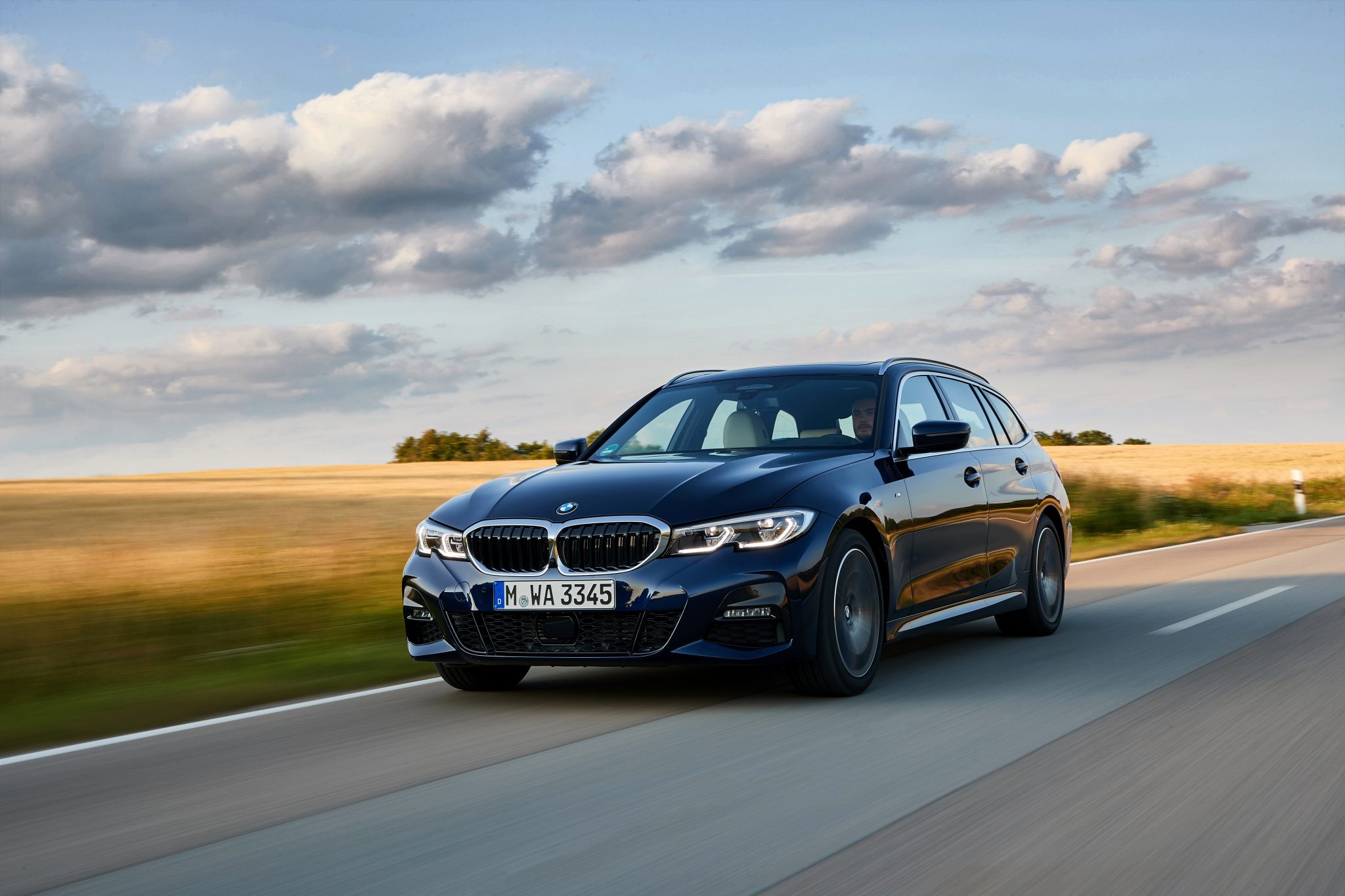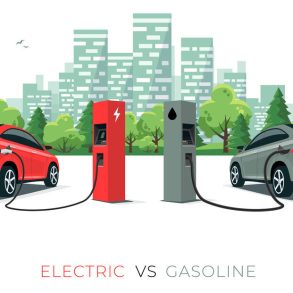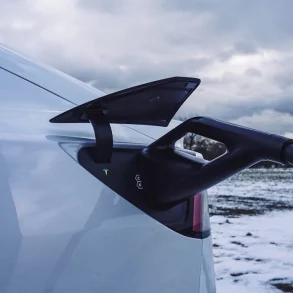2020 Europe Automotive Sales by Automaker – The Best-Selling Automotive Manufacturers By Sales Volume
Car sales in Europe dropped by 23.75% in 2020 to just under 12 million deliveries, which translates to a loss of over 3.5 million new car deliveries. That makes 2020 the worst year for automotive sales in modern history, both in terms of losses and in terms of absolute figures. Almost all European markets recorded double-digit declines in 2020, with the notable exception being Norway, where sales were virtually flat at -0.7%. Among Europe’s five major car markets, Spain posted the sharpest drop (-32.3%), followed closely by the UK (-29.4%) Italy (-27.9%) and France (-25.5%), while Germany (-19.1%) also saw a significant drop in deliveries.
Sales of car models (hatchback, sedan, stationwagon, coupe and convertible) continue to trail the market at -25% to their lowest share ever at 54.1%, down half a percentage point from 2019. Crossover and SUVs keep gaining share at -20.8% and are up to a record 40.2% share, up 1.9 percentage points on last year. Meanwhile, MPV sales are down 39.2% to 5.7% share. This is also a record low and down 1.4 percentage points from their previous low in 2019. Within these figures, electric cars and plug-in hybrids finally broke through the 10% share barrier at 11% (6.2% for EVs alone), up from 3.6% in 2019 (2.2% EVs) with a total of 1.3 million deliveries. Expect a share of over 20% in 2021.
Volkswagen Group outperforms the market in this difficult year, as its figures are down 20.8% to just over 3 million deliveries, giving it 25.4% market share, up 0.9 percentage points. Its nearest rivals both lose share with PSA down 29.4% to 1.73 million deliveries and down 1.2 percentage points to 14.5% share, and Renault-Nissan down 26.4% to 1.61 million deliveries, down 0.5 percentage points to 13.5% share.
BMW AG passes Hyundai-Kia to take the #4 spot in Europe with sales down 18.6% while the Koreans are down 19.7%. Daimler AG was just 20,000 deliveries behind its rival from Munich in 2019, but its 24% loss in 2020 drops it another 50,000 deliveries behind. Ford Motor Company is the biggest loser among major manufacturers, with sales down 29.5% to drop below 700,000 units. That puts Toyota Motor and FCA in very close pursuit, with the Japanese manufacturer down 12.3% to 688,000 deliveries passing the American-Italians, down 25.5% to 684,000 deliveries. In 2021, FCA will be merged with PSA to form Stellantis, a group which would be the #2 player in Europe with 2.4 million sales and a market share of 20.3% in 2020, the only manufacturer to come close to VW Group. Geely Group is at a distance in 10th place with just under 300,000 deliveries, but it’s the best performing manufacturer in the top-15 with sales down 11.7%.
The smaller Japanese manufacturers are struggling mightily in Europe this year, with Suzuki down 34%, Mazda down 39.9%, Honda down 34.1% and Subaru down 40.4%. This is partially because Europe makes up such a small portion of their worldwide sales, that they have trouble adjusting their products specifically to this market, especially when it comes to their emissions. In 2020, the EU started handing out big penalties per vehicle sold to manufacturers who didn’t meet their CO2 emissions targets. To avoid or lower those penalties, some of them (most notably Suzuki and Mazda) have pre-registered some offending models in late 2019 and slowed down or stopped sales of those models in early 2020 until they could update them with more efficient engines. Honda and Subaru have focused more on profitability per vehicle sold than on sheer volume, while also waiting for more efficient versions to arrive. As a result, Honda and Subaru are down to their lowest market shares ever in Europe at 0.68% and 0.16%.
2020 Best Selling Automakers in Europe
This data table looks at last month’s total automotive brand volumes in Canada by model. We compare Canadian automotive brand sales with last year. While we call it “year to date” sales, because the year is over, it is for the full sales year. With these sales numbers we also calculate a growth rate column so you can better gauge an individual automotive brands sales success in the Canadian market.
2020 Automaker Market Share Dynamics in Europe
This data table looks at total automotive sales and specific brand volumes in Canada. We compare Canadian automotive brand sales with last year. While we call it “year to date” sales, because the year is over, it is for the full sales year. With these sales numbers we also calculate a growth rate column so you can better gauge an individual automotive brands sales success in the Canadian market.
2020 vs 2019 Automaker Sales Comparison for Europe
This chart simply takes each brand and compares their year to date sales with the year to date sales for the same time last year. Brands where the current bar is lower than the prior year bar have seen declines in sales year on year whereas brands with a larger current bar and lower prior bar are seeing growth in volumes year on year.
2020 Automaker Sales Growth Analysis for Europe
This chart might seem a little complicated at first but once you understand it is very helpful. First, the size of the area for each brand refers to their market share (i.e size). The bigger the circle the larger the brand in terms of sales volumes (YTD). The position of the circle in the chart along the left axis looks at the year to date growth of that brand. The higher the brand is on the chart, the more year to date growth it is seeing in sales volumes. Along the bottom axis you can see the total volumes shipped by that brand year to date.









